The struggles with shoemaking in Japan
Five or six years ago, it was easy to find young people that wanted to be shoemakers in Japan. The wave of enthusiasm for both craft and menswear elsewhere in the world had washed up here just as strongly.
Today, with Covid having only just effectively ended (most foreigners were only allowed in late last year), it’s a lot harder. “I know a lot of shoemakers are struggling,” says Yohei Fukuda, as we talked to him one morning during our recent trip.
“There are a lot of single craftsmen in Japan, with just one or two apprentices, and now they’re often on their own.” The result is that lead times are being stretched out: a shoemaker that used to be able to make 40 pairs a year with some help can now only make 20, and so delivery is taking twice as long.
The biggest shoemaking school in Tokyo, part of the Guild of Crafts, had five teachers and 50 or 60 students at its height. It now has one and five.
“It’s hard for small makers when customers can’t come for fittings as well,” says Yohei (below), referring to the lack of travel. “If they’re smaller they don’t necessarily have any other work to take up.”
“I think quite a few people reassessed things during Covid,” says shoemaker Seiji McCarthy, when we see him later. “They got worried about their security, their future, as did I.”
Gone are the days when students could be expected to worn 10 hours a day, six days a week, on a small wage. Things suddenly got serious.
Seiji (below) is doing well - he’s about to move to a new space, and Yohei’s operation is much bigger (making about 300 pairs a year) but it’s been tough for many. One large brand said that around half of the factories they use in Japan had closed during Covid - about 30 around the country. Another smaller operation said orders were backed up by anywhere from six months to a year.
For shoemakers, it’s particularly hard in Japan because there isn’t the network of outworkers that there is in the UK: bespoke at this level hasn’t been around long enough, and more makers like to do things themselves.
That attitude also means makers are unlikely to merge to form bigger, perhaps more robust organisations.
On the plus side, there has been a bounce in orders since Covid restrictions started to end. Yohei says he took fewer orders than normal during Covid, but took over 500 last year, which even with his consistent staff will push out lead times.
Interestingly, an increasing amount are made-to-order, rather than bespoke. For Yohei’s shoes, that means shoes in a standard size and last, but made in the same way as bespoke except for the sole, which is sewn by machine rather than hand.
When we last visited Yohei, the MTO range was quite small, reflecting his desire to keep it focused. Now a customer can pick from any of the 20 or so models on display in the workshop.
“It’s still not very big, we don’t want to make it confusing,” he says. “But we have three monk straps, three boots, three loafers - that kind of size.”
Orders are tipping towards MTO too. During his recent trunk shows in Asia, more customers were ordering MTO from Yohei than bespoke. “I think in Asia people are not used to the time required,” he says. “In England most people still order bespoke because it’s a more mature market.” Seiji too is seeing a big uptick in remote MTO.
The final part of the equation is costs. Prices of materials that were going up anyway only accelerated during Covid.
Leather - nearly always from the UK or Europe - has gone up by around 30%; labour costs have gone up because of the lack of younger workers; and the yen is weak. That’s not a problem if you’re travelling and charging in foreign currency, but it was when you were forced to stay in Japan.
Still, neither Yohei nor Seiji, or the various other people we spoke to while in Japan, are pessimistic. It feels more like a particularly strong wave rolling back, rather than the sea emptying entirely: “The demand is still there, despite people wearing smarter shoes less, for example,” says Yohei.
As someone who was there near the beginning of this wave, I feel there are positives too. Many of the makers I know weren’t even working then, and certainly a lot of readers have come to understand the craft of shoemaking in that time, just as much as tailoring - in London as in Tokyo. It will probably be a few years before we see how much of that has survived the upheaval of the pandemic.
There will be separate, dedicated coverage of both Yohei and Seiji later on. Information on them about pricing, trunk shows etc will all be filled in then.


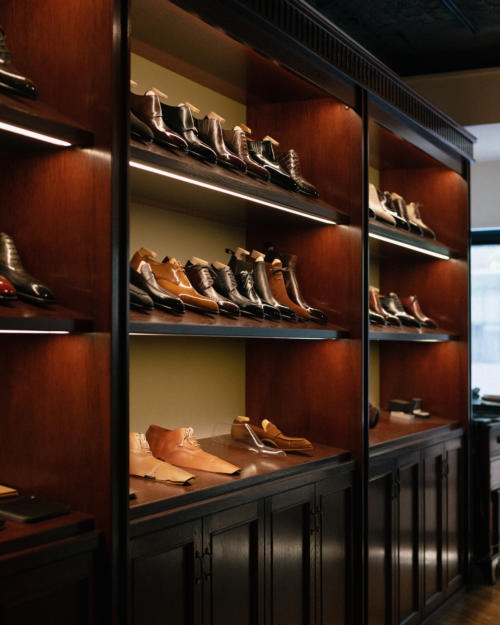
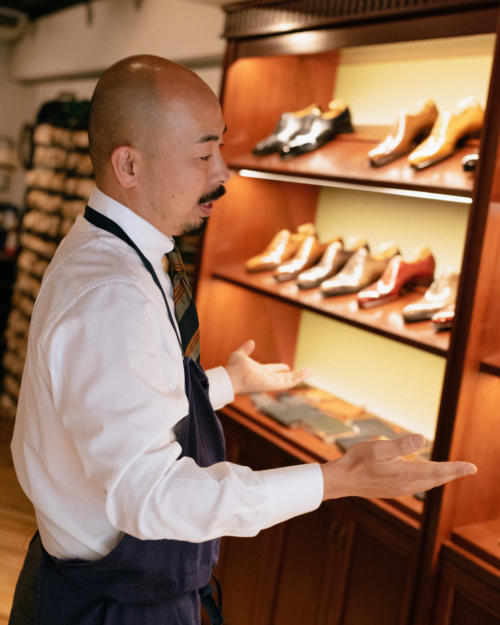
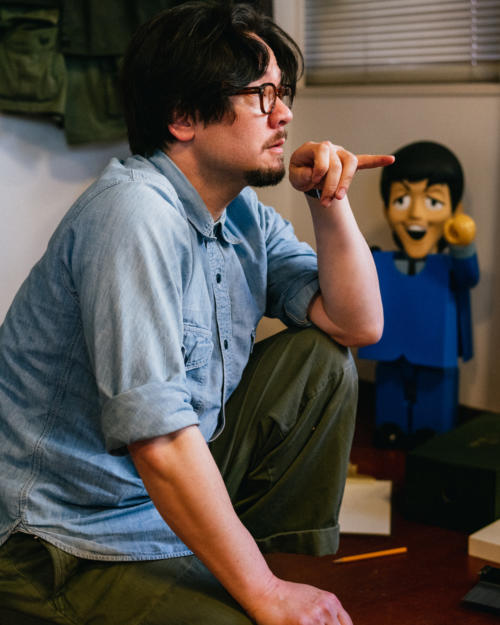
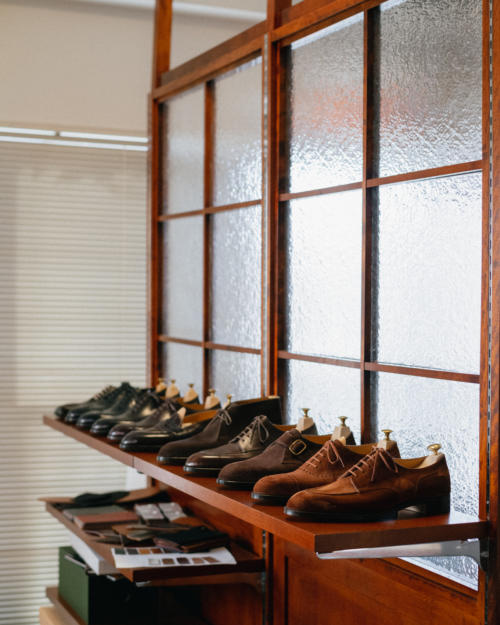
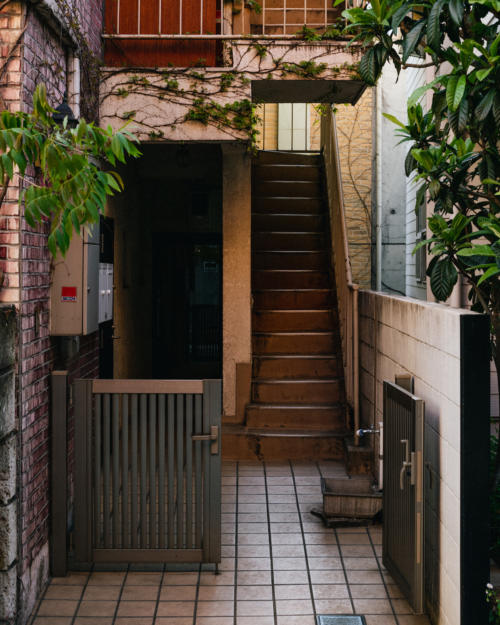


























Interesting to see this perspective as Japan looks like a buoying market. I think the fact that they take much better photos of their products than western shoemakers helps to this impression. For some reason every japanese shoe “looks” much better than typical western bespoke!
It’s Covid this and Covid that. The menswear industry and its associated online commentariat all supported lockdowns enthusiastically. They made their bed, now they must lie it. They are a strong lobby, and if they had put some pressure on their governments, they would have listened.
The menswear industry could have changed government policy? I’ll take the compliment, but I think you’re being rather generous.
Anyway, let’s not make this a lockdown debate, it’s not really the best place for it. (For clarity: comments on that subject will not be published)
Thank you very much, Simon.
John
I appreciate Johnny’s comment. What exactly are you afraid of Simon? Alienating your progressive readers?
No, I just know from long experience that readers don’t want to read about these non-menswear topics on a menswear site. Comments have to be interesting in the same way as the article itself.
More than one reader has said that to me privately since the comment response above, and they usually do – they often see it as the one neutral space left online.
Thank you for that response. That makes sense, and I can see how comments like that can spiral out of control.
No worries Ringo. I’ll do a proper piece on comment policy soon as well
Hi Simon,
Thanks for this instructive piece on the state of the Japanese bespoke shoecrafts industry.
I wonder whether in Japan as elswhere ads and products reviews are going to be enough to turn the current, unsmistakable and detrimental tide. Frankly, I think new ideas and initiatvies are in dire need. For sure, PS is already doing a great job. But additional things are to happen if we really remain supportive of this whole industry.
John
I think you’re right, though I do think some of these are happening – the rise of MTO, for example, is really interesting. Anything that can deliver something better than a ready-made product but without the cost of time required for full bespoke, and with great reliability, will be good
Good afternoon Simone..you and Mark Cho are strong advocates of Japanese shoe making….because of your support it will rise again….to all mothers around the world HAPPY MOTHER’S DAY..PEACE ?
This is such a sad article. In such a commoditised world it breaks the heart to think that people are unable to make a genuine craft expertise pay off.
However…is there an underlying uncomfortable truth here, which is that the incremental benefit of a bespoke shoe over high end ready made isn’t ‘worth it’ for the majority for a whole host of reasons, most of which you’ve already spoken about? (Eg time, fit on the first pair etc)
I’d put this in stark contrast to clothes (both tailoring and shirts) where there’s a clear benefit to a far higher proportion of people.
Just a thought.
That’s certainly an issue with shoemaking, yes. It’s why I think there needs to be more trying on of ready-made shoes (as Seiji does for instance) and adjusted lasts.
I presume you’re referring to this article on whether bespoke shoes are worth it (just for everyone else)
I have a different opinion on this one. The vast majority of modern man could very likely survive without a suit, jacket or trousers (don’t kill me for stating this fact). If my wardrobe burns, I would get RTW jeans, MTM shirts and bespoke shoes. Everything else would be low priority. Bespoke shoes bring incomparable comfort especially if you walk a lot and the return of investment is actually quite good as they survive for many years and they look awesome for many years.
“For shoemakers, it’s particularly hard in Japan because there isn’t the network of outworkers that there is in the UK.” I was not aware of such a network and would be interested to know which manufacturers or bespoke shoemakers employ them. I assume that the outworkers handstitch uppers and soles.
Nearly all bespoke shoemakers use outworkers, who work from home somewhere in the country. For closing most commonly and for making (hand stitching as you say). Sometimes the outworkers just work for one maker, but usually they work for more than one.
Manufacturers use them less, but often do for more specialised jobs, eg some hand sewing on a vamp
Hi Simon – isn’t it also driven by the general casualisation trend that means craft-based, sartorial products are no longer viewed as attractive by both potential buyers and potential craftspeople? Traveling to Japan and Korea again post-lockdown, it is quite apparent that the space large multi-brand retailers like Beams, United Arrows or Boon (in Korea) allocate to sartorial brands (and I view MTM, MTO, bespoke as the top-end of that, although one could argue that this has always been a separate market) has shrunk.
I think you’re right Torsten, yes, that’s certainly had an effect. Although I also think that trend affects those at the very top, like the bespoke makers, a little less, because customers rarely need the shoes, they’re buying because they appreciate the craft so much, or just enjoy dressing like that
The Japanese shoemaker Ryota Hayafuji is a real gem in the heart of Europe. He is based in Munich, Germany. Delivery times could stretch quite long, but the quality is superb. I got a pair of boots made by him a couple of years ago and they are very comfortable.
Thanks for the article Simon. I would add from experience that with Yohei one can have handsewn outsoles on an MTO order for an extra surcharge (making the level of make then at the level of bespoke). I understand form Yohei that the hand sewing of the outsoles means that the shoes can be resoled 2X to 2.5X more than if the shoes had their outsoles soles machine sewn at the outset (that may be something unique to Yohei’s operation tough; not sure).
Thank you Nezar